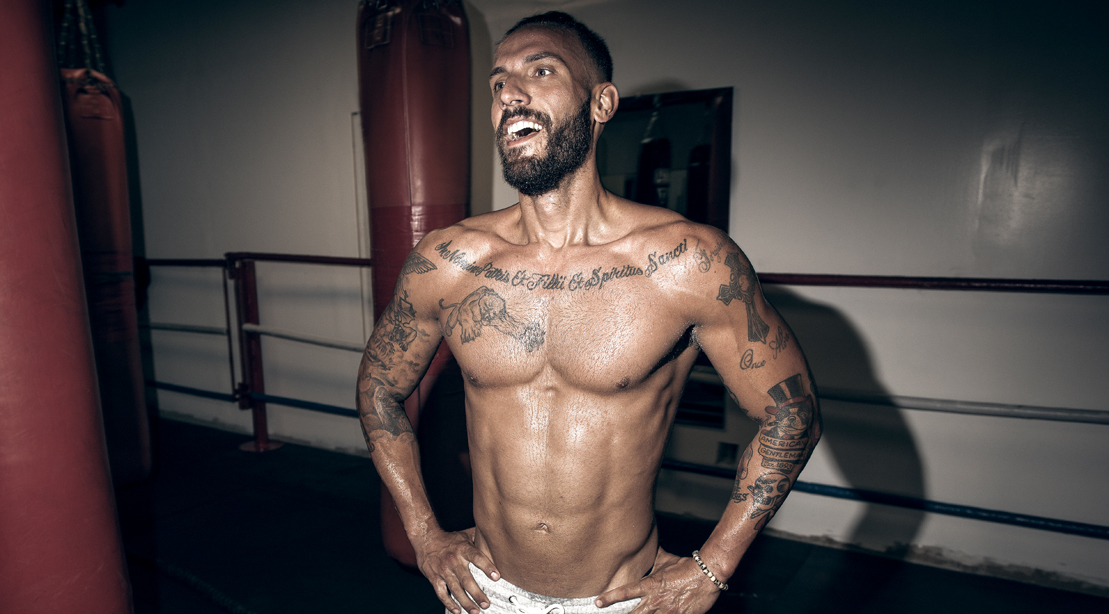28-Days-to-Lean Meal Plan
With the right plan and the right discipline, you can get seriously shredded in just 28 days.
Read article
Walk into any gym, and there’s a solid chance you’ll hear someone talking about how sore their muscles are from a workout they did the other day. That soreness, known commonly as DOMS, or delayed-onset muscle soreness, affects countless athletes and bodybuilders in the days after a tough workout. But what exactly is it?
Instead of the acute soreness you might feel right after a workout, DOMS is a more intense discomfort that comes 24 to 72 hours after, according to Alain Saint-Dic, CPT, a coach at Stretch Relief and Mile High Run Club in New York City. You probably know it as that “oof, it hurts to get out of bed” type of sore.
“In its simplest terms, DOMS is caused when a muscle is worked in a way that it’s not accustomed to, or at a volume or intensity that it hasn’t worked at before,” Saint-Dic says. Physiologically, it’s a side effect of micro-tears within muscle fibers, adds Kamraan Husain, DC, recovery specialist at Tone House in New York City.
In general, soreness is most likely to occur after bouts of controlled eccentric contractions (i.e. lengthening the muscle fibers during any given movement), Saint-Dic says. But if you don’t feel sore, it doesn’t mean your workout wasn’t effective. It could just be that you’ve focused more on the concentric, or shortening, action and allowed momentum to help you through the eccentric portion.
Can’t tell the difference? “Think of a lying hamstring curl. When you curl up, you’re in that concentric action, and that’s where most people focus their efforts,” Saint-Dic explains. “But if you bring the resistance back to a controlled starting point—rather than letting it fly back on its own—you’re more likely to cause muscle soreness.”
Plus, there are a ton of individual components that determine whether someone feels sore. Metabolism, training experience, and hydration levels are just a few examples, Husain notes.
So when you’re working out, focus on what’s happening in the moment instead of what’s next. “A good workout should be programmed with the mindset of chasing performance, not fatigue,” Husain says. After all, “DOMS is not necessarily a good or bad thing to experience. It’s a normal part of adaptation.”
If your soreness turns into pain or sticks around more than a week, though, Husain says there could be an injury in your midst. If not, both Husain and Saint-Dic say to combat soreness with hydration, a balanced diet, movement, and maybe seeing a recovery pro who can bust out tools and modalities to get you into your next workout feeling your best.